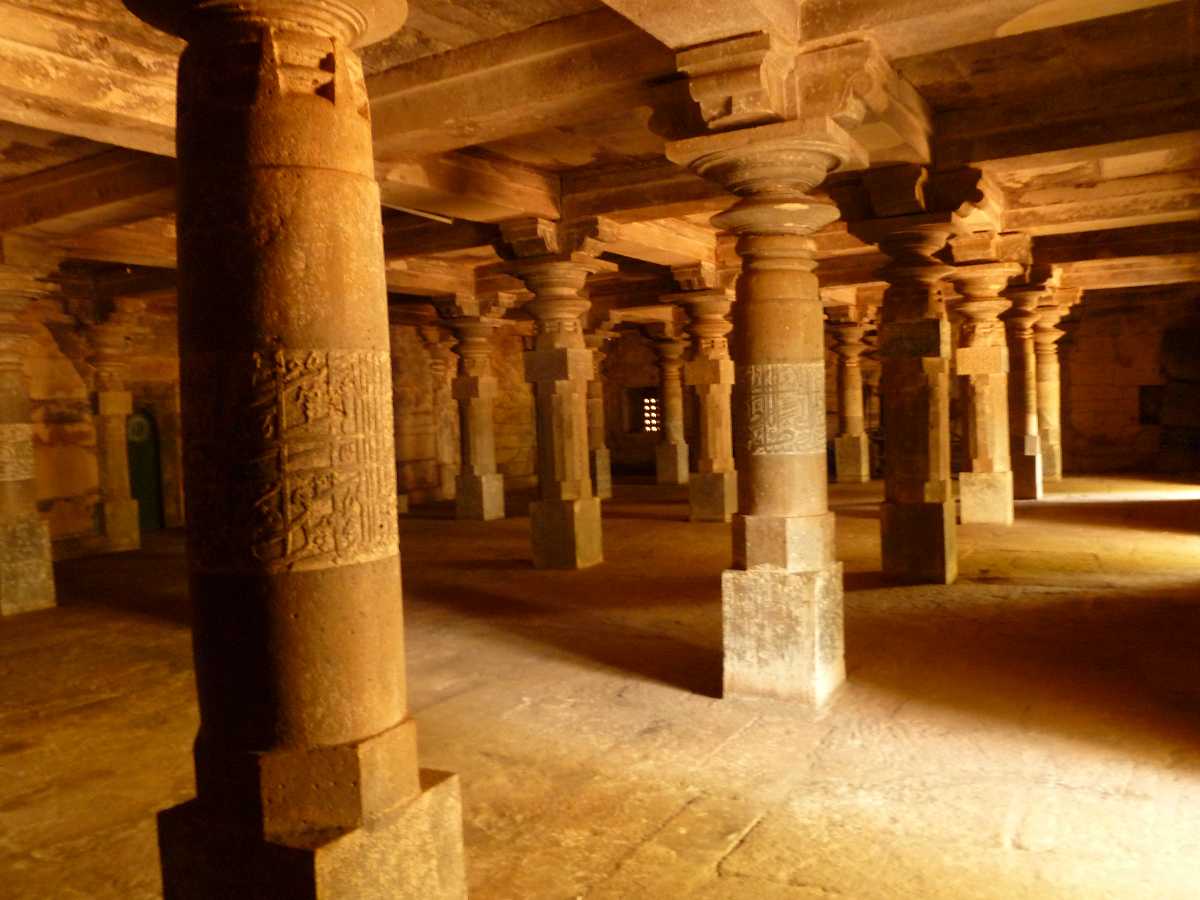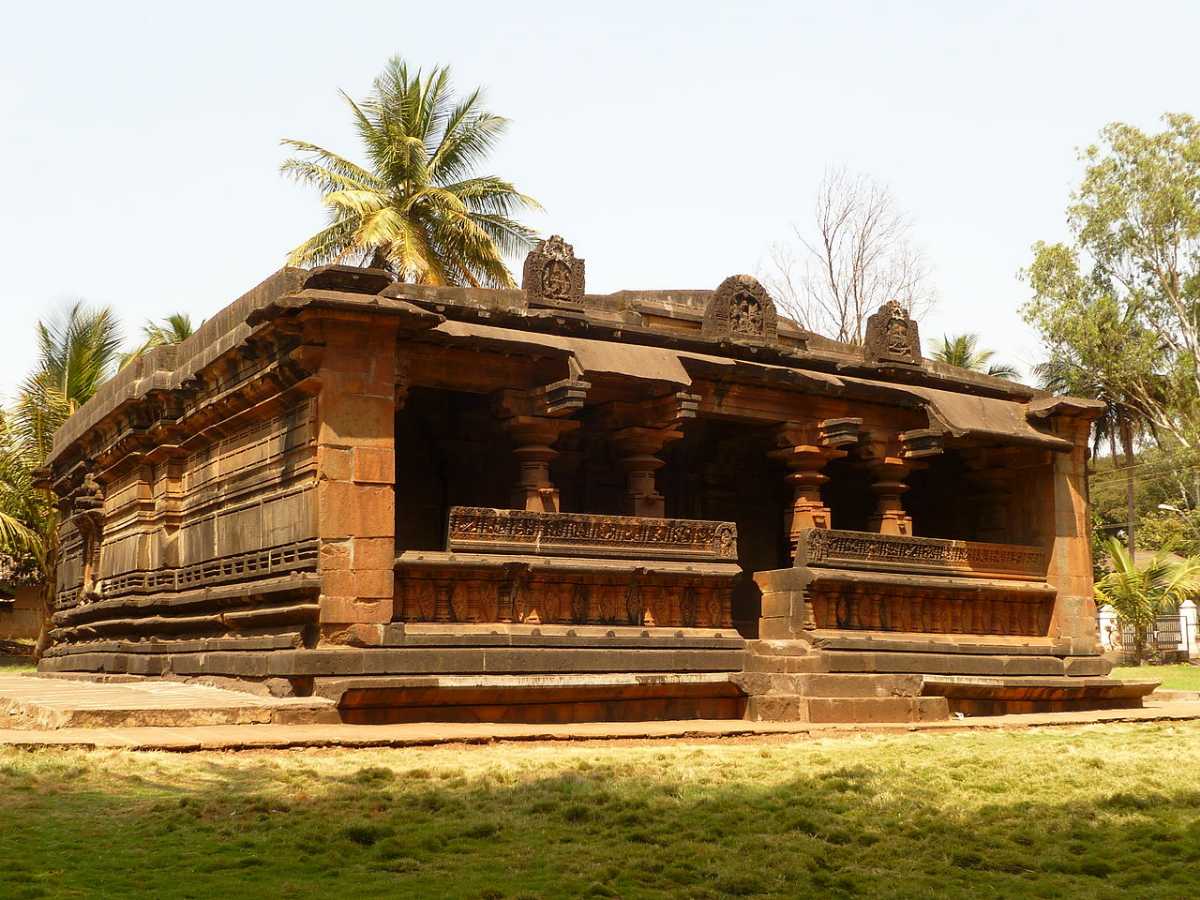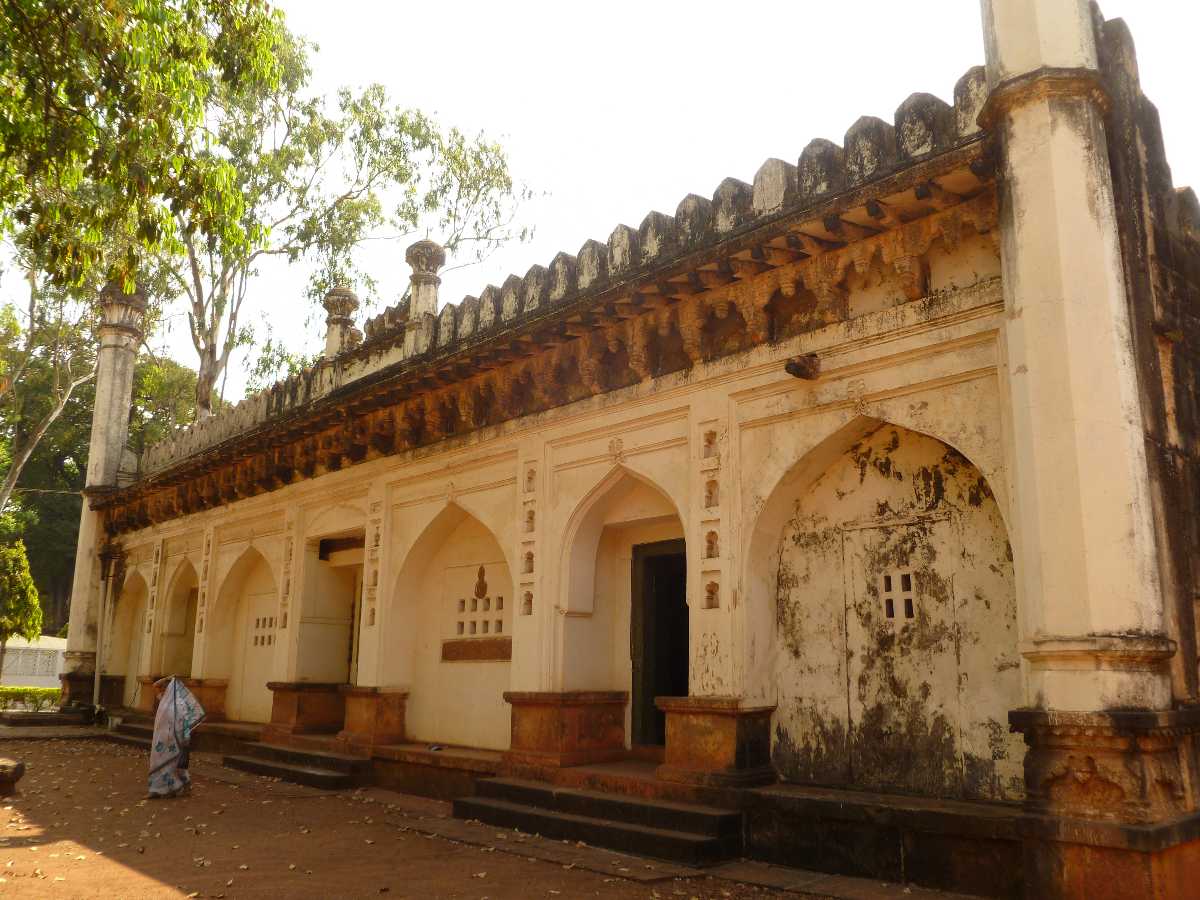Belgaum Fort
Weather :
Tags : Forts & Palaces
Timings : 8:00 AM to 6:30 PM, Daily
Ticket Prices : Indians: INR 25
Foreigners: INR 150
Additional Camera Fees: INR 50
Belgaum Fort, Belgaum Overview
The Belgaum Fort is a popular tourist attraction located in Belgaum. The state of Karnataka recently honoured it as the ‘state heritage monument’. It served as an impenetrable barricade against the violent attacks of the enemies. Mahatma Gandhi was also imprisoned here during the Freedom Movement of India. The Belgaum Fort has an adjoining lake, called the Fort Lake on which is a Floating Cafeteria. It is well maintained, and there are pedal boats as well as motorboats available for tourists.
It has undergone many renovations and additions throughout its existence because it played host to a legion of dynasties. The Belgaum Fort shot to fame when Mahatma Gandhi was captured here during the Freedom Movement of India. The fort was constructed after demolishing 108 Jain temples and 101 Shiva temples. Some of the stones and pillars can be seen as a part of the religious shrines over here, like the Jamia Masjid.
Read More on Belgaum Fort
The Architecture of Belgaum Fort

The present-day Belgaum Fort is a result of several architectural contributions made by the changing dynasties that ruled over Belgaum. It is designed to repel the violent attacks of the invading enemy armies. The Belgaum Fort has an oval shape and is surrounded by a deep, wide moat that was excavated in soft, red stone. The original entry gate with a bridge is no longer operational. The gate that is presently being used is often quoted as an example for beautiful Indian architecture. The gate’s exterior is adorned with large motifs of birds and animals.
The changing dynasties are reflected in the variety of religious shrines in its limits. The fort displays Jain, Hindu and Muslim architectural styles and is home to Jain temples, Hindu temples and mosques. The entrance of the fort has two shrines dedicated to Lord Ganapathi and Goddess Durga that exist in perfect harmony with two ancient mosques, Jamia Masjid and Safa Masjid demonstrating how the Belgaum Fort is a manifestation of the legacy of religious tolerance.
Religious Shrines at Belgaum Fort
Jain Temples

There are two Jain temples inside the Belgaum Fort - Kamal Basadi and Chikki Basadi. Both the Jain temples reflect the Chalukyan style of architecture. Of the two, Kamal Basadi or the Lotus Jain Temple is more famous and has the Neminatha idol in black stone mounted on a stone-carved pedestal. The Archaeology Department had renovated this temple in the year of 1996. Kamal Basadi has an impressive Mukhamantapa or main hall, with a lotus carving extending from the ceiling. The temple is named aptly as the temple tower depicts a lotus or kamal with 72 petals. All the pillars are intricately carved with decorations and are polished neatly. Some of the pillars are made of black basaltic stones which are believed to have magnetic properties. The other idols that can be seen in Kamal Basadi are that of Bhagwan Sumatinath, Bhagwan Parshvanath, Bhagwan Adinath and the Navagraha.
The other Jain temple, Chikki Basadi, is in ruins. It was regarded as a remarkable piece of Jain architecture during its time. The facade of the temple exhibits beautifully adorned rows of dancing figurines, trimmed flowers and musicians.
Hindu Temples
The Belgaum Fort has two Hindu shrines, both of which are located at the fort’s entrance. One of the temples is dedicated to Lord Ganesha, and the other is dedicated to goddess Durga. Goddess Durga is regarded as the Goddess of forts and warfare. The frontage of the temples is adorned with painted images of various mythological figures.
Mosques
The Belgaum Fort has two mosques or masjids - Jamia Masjid and Safa Masjid. Of the two, Safa Mosque is more frequented by the residents of Belgaum. Asad Khan Lari completed Safa Masjid in 1519. The pillars of the mosque exhibit exquisite inscriptions that are a fusion of Nagari and Persian styles. Sher Khan built the Jamia Masjid in 1585-86.
History of Belgaum Fort

The present-day Belgaum fort is the result of architectural contributions various dynasties such as the Ratta dynasty, the Vijayanagar dynasty, the Adil Shahi dynasty, the Marathas and the British Raj. The fort was built by a Ratta officer, Bichiraja, in 1204 AD. The fort was also briefly controlled by the Yadava dynasty of Devagiri when they had defeated the Rattas. Yakub Ali Khan of the Bijapur Sultanate is credited for transforming the original mud and stone structure of the fort into an invincible fortress, by adding a deep moat, bastions, massive walls, parapets and battlements.
Top Hotel Collections
Top Hotels Near Belgaum Fort
Belgaum Fort Reviews

Have a Question on Belgaum Fort?

experience.